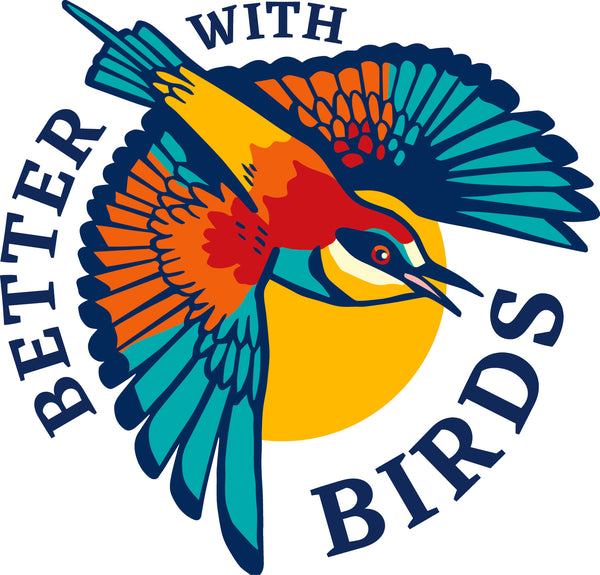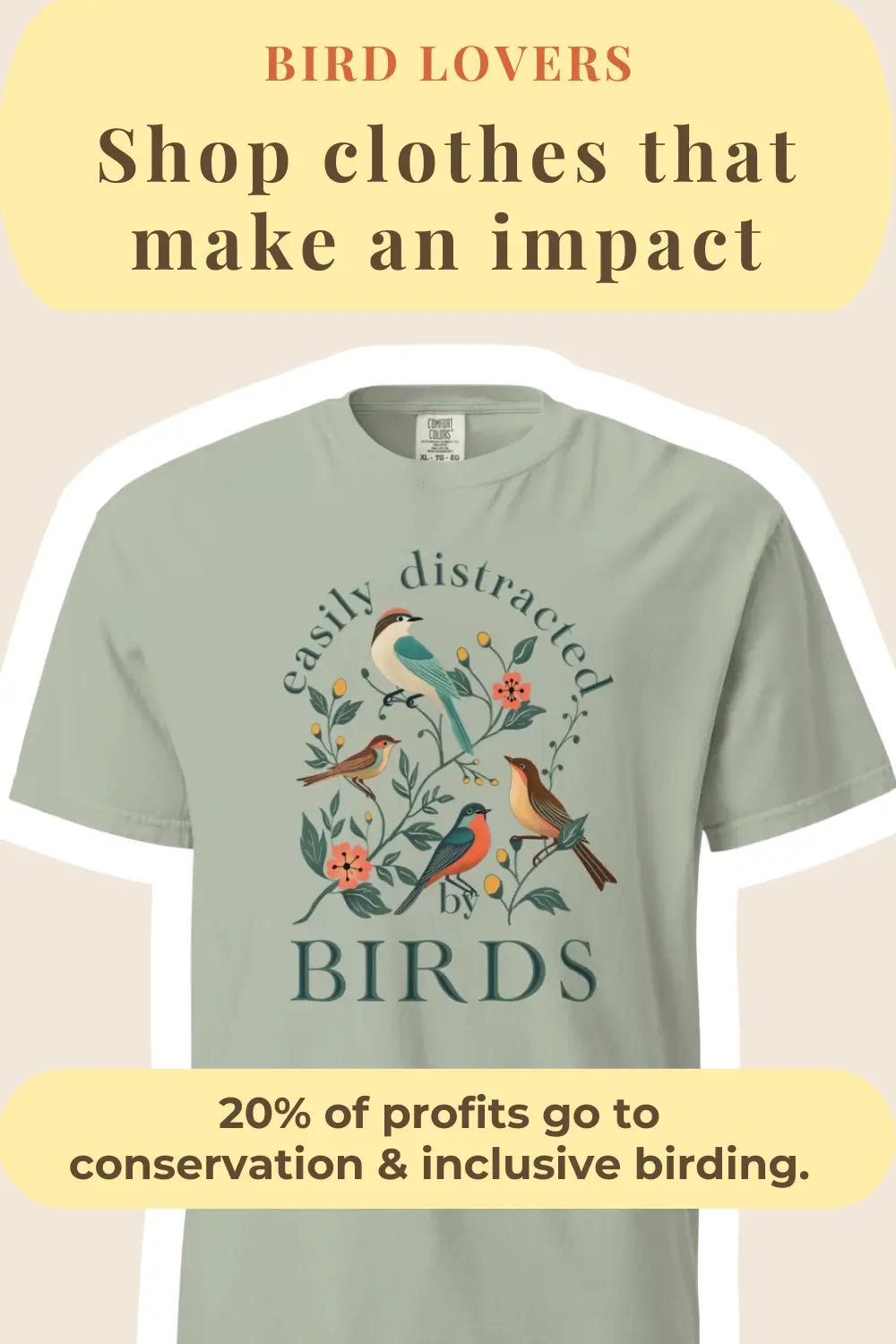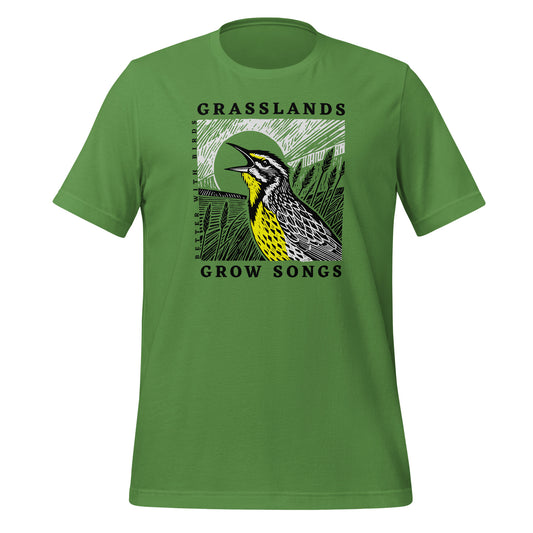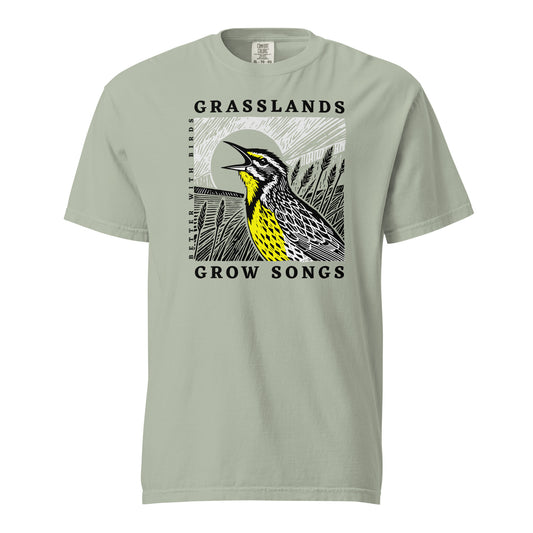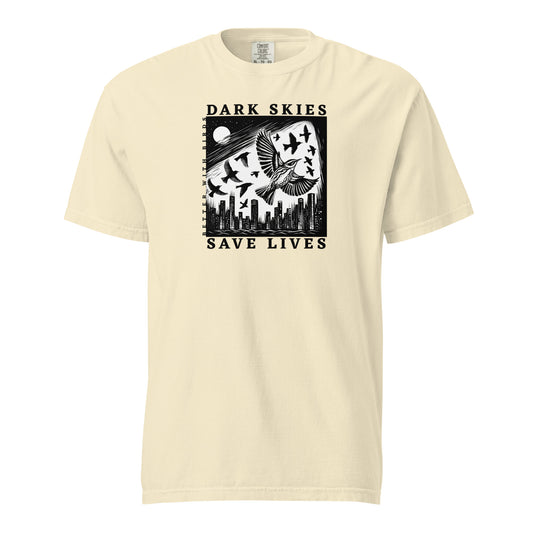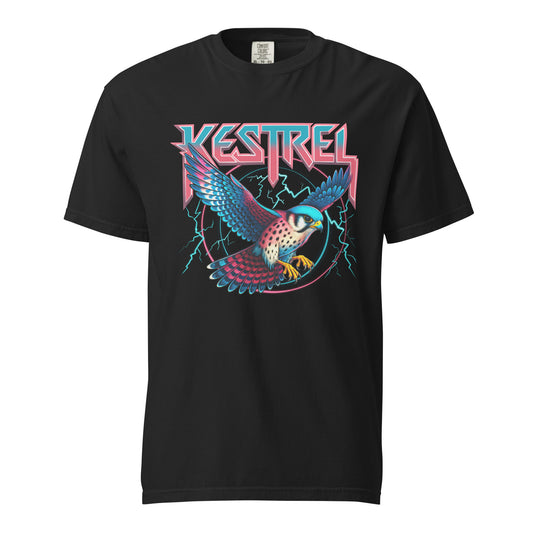How to Plan and Prepare for a Birdwatching Trip
Read Time: 7 minutes
Birding Culture , Tips & Advice , Travel & Community
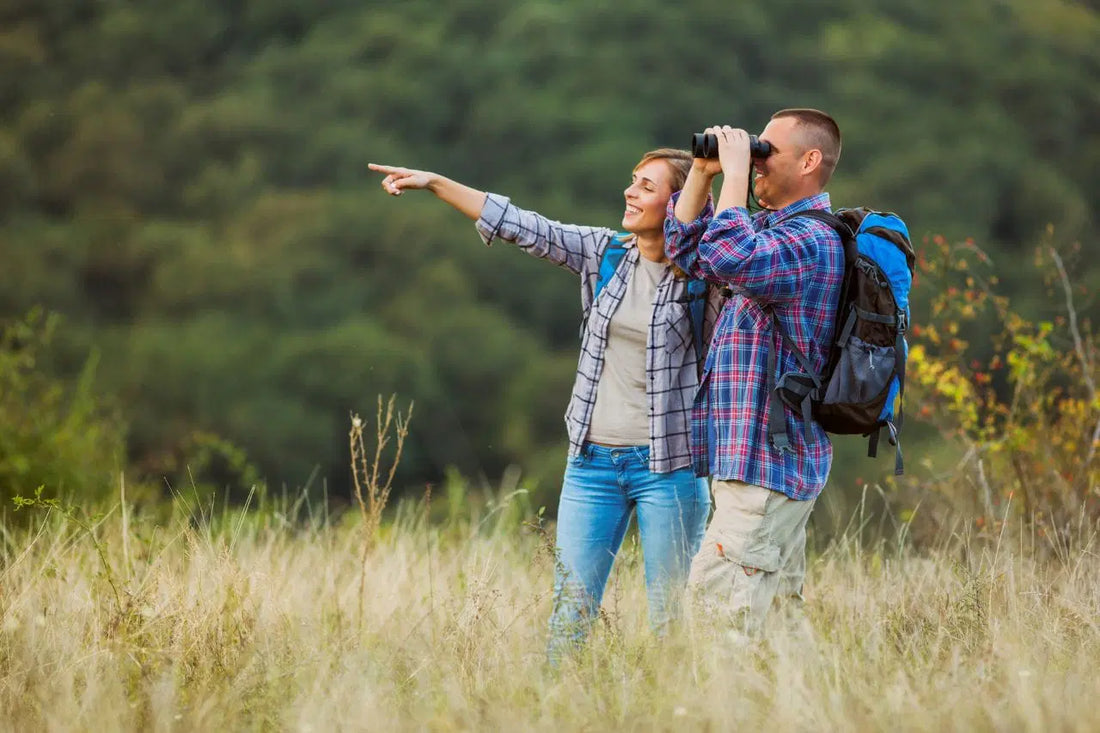
This post contains affiliate links. If you use these links to buy something, we may earn a commission at no additional cost to you. We only recommend products we fully support or use ourselves. Our full disclaimer
PIN THIS FOR LATER
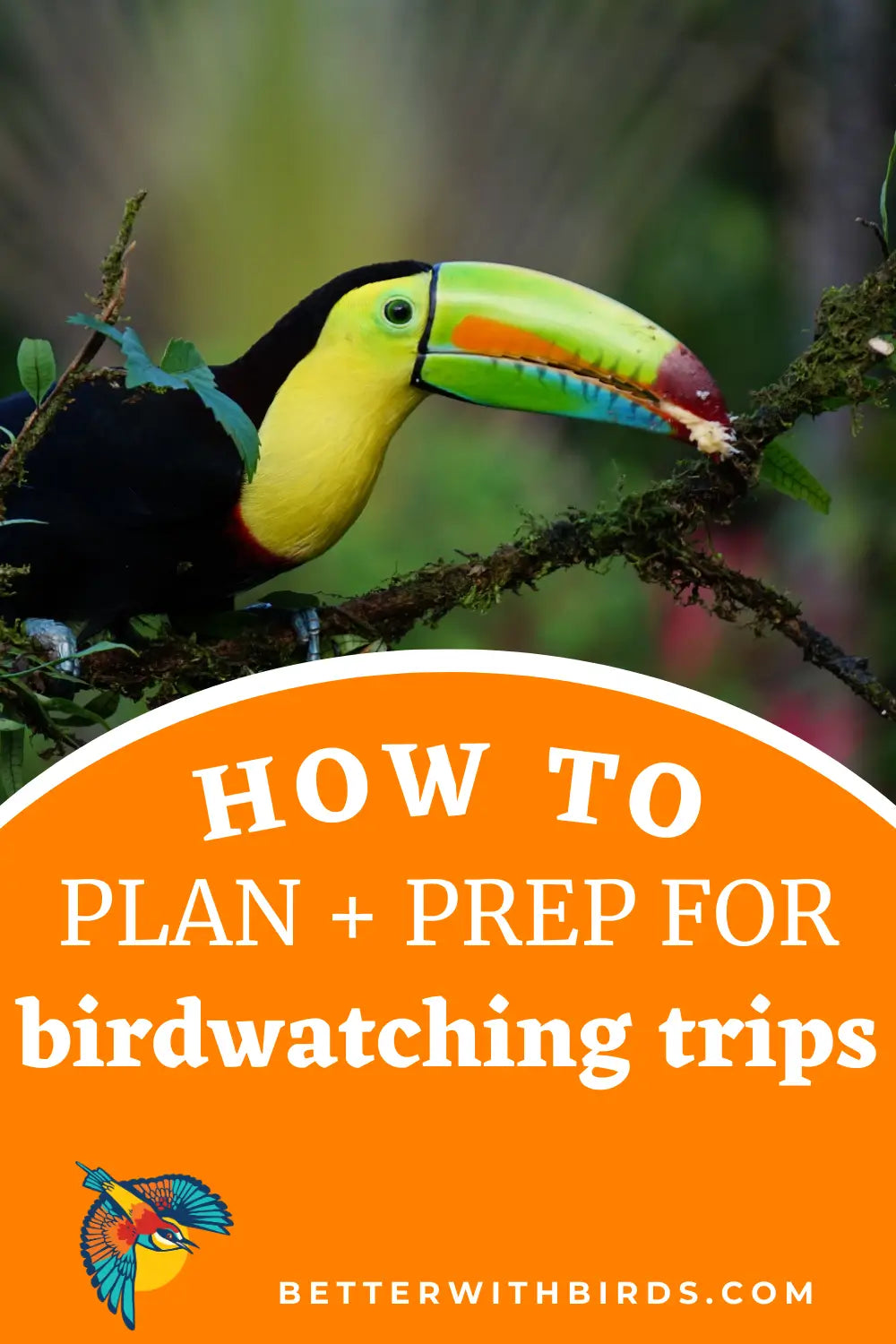
So you want to go on a dedicated birdwatching trip? Smart move! Nothing beats the thrill of spotting that elusive warbler or watching a peregrine falcon dive at 200 mph. But here’s the thing – showing up somewhere with just binoculars and hope isn’t going to cut it. You need a plan, people. After all, a little preparation goes a long way when you’re chasing feathered dinosaurs across the landscape.
Choosing Your Destination
First up, where. Not all birding locations are created equal – your dream birding spot depends on what you’re hoping to see and when you’re able to travel.
Seasonal Considerations
Birds don’t stay put; they migrate, breed, molt, and generally refuse to be where you want them when you want them there. Annoying, right? Before booking anything, check what birds will actually be present during your visit.
May in Minnesota? Epic warbler migration. August in Minnesota? Still nice, but those warblers are long gone. Check seasonal patterns to avoid heading out there only to be disappointed.
Habitat Diversity
Want to see lots of different birds? You need different habitats – a place with mountains, wetlands, grasslands, and forests will always yield more species than a single ecosystem.
I target trips to “ecological crossroads” – places where multiple habitat types converge. This means woodlands, beaches, wetlands, and prairie all within driving distance – birding gold.
Local Knowledge
Field guides are great, but nothing beats local intel. Seriously, find the local birding nerds. They know which trail has the screech owl nest, which parking lot has the burrowing owls, and where that reported Kirtland’s warbler is actually hanging out.
Every birding community has Facebook groups, listservs, or forums. Join them a month before your trip. Post your dates, ask for suggestions, and watch the insider knowledge roll in.
Essential Gear and Packing

You don’t need much to go birding, but what you do need matters:
Optics Selection
Binoculars are non-negotiable. You simply cannot properly bird without them. And while you don’t need to hand over $2,500 for the fancy European brands, the $20 opera glasses from your grandma’s junk drawer won’t help you distinguish a Cooper’s hawk from a sharp-shinned.
I suffered with mediocre binoculars for years before investing in a decent pair. Suddenly birds weren’t just fuzzy blobs – they had actual field marks! If you’re just starting out, something in the $150-300 range will serve you well. 8×42 is the classic all-purpose magnification and objective lens size.
Spotting scopes are optional for most birding but essential for shorebirds and waterfowl. If you’re headed to coastal areas or big lakes, either bring one or make friends with someone who has one. I often wear my cosy bird-themed hoodies on trips – they’re great conversation starters with other birders who might let you peek through their scopes!
Field Guides and Apps
Paper field guides have largely given way to apps, though I still keep a battered copy of Sibley in my car for nostalgia’s sake. The Merlin Bird ID app is revolutionary – free, works offline, and includes both visual and sound identification tools.
Before leaving home, download the relevant bird packs for your destination in Merlin, and grab the regional checklist on eBird. Nothing is more annoying than standing in a cellular dead zone trying to download bird calls while a mystery warbler taunts you from the canopy.
Clothing and Comfort Items
Birdwatching means standing around outside for hours, often at dawn, in whatever weather decides to happen, so dress accordingly! Layers are your friend – especially early morning starts that turn into warm afternoons.
Neutral colors also help you blend in. That neon yellow raincoat might be great for urban visibility but will send birds fleeing. Sturdy waterproof hiking boots are worth their weight in gold.
Don’t forget sunscreen, bug spray, and water. Dehydrated, sunburned, bug-bitten birders make poor observations and take worse photos.
Planning Your Itinerary
A successful trip depends on being in the right places at the right times.
Research Bird Distribution
Figure out where your target birds actually hang out. eBird is your best friend here – their “hotspot explorer” and “species map” features show exactly where others are finding birds. Having the ideal bird photography lens won’t matter if you’re looking in the wrong habitat.
For specialty birds, dig deeper than general hotspots. That one snowy owl everyone’s reporting? Might be at a specific light pole in a specific field. That rare hummingbird? Could be visiting one particular feeder at a nature center, so get the details beforehand.
Time Management
Birds operate on their own schedule, and it rarely aligns with human preferences. Most songbirds are hyperactive at dawn, then take leisurely brunches while birders stand around wondering where everyone went. Owls and nightjars require evening excursions. Shorebirds follow the tides, not the clock.
Plan your mornings for songbirds, midday for raptors soaring on thermals, and evenings for marsh birds and owls. Work with bird schedules, not against them. I use the “dead hours” between 11am and 3pm for driving between locations, eating proper meals, or napping. Yes, napping. Those 5am wake-ups catch up with you fast!
Health and Safety Precautions
Birding takes you to some wonderfully wild places, which means being prepared for the less wonderful aspects of nature. Depending on your destination, this might mean tick protection in the Northeast, altitude sickness preparations in the mountains, or extra water in desert environments.
Always share your itinerary with someone not on the trip. Cell service is notoriously bad in prime birding areas, so have a check-in system and basic emergency plan. Solo birders especially need to think about safety – I use location sharing and scheduled check-ins with family when birding alone.
So there you have it! With solid planning and the right gear, your dedicated birding trip can yield dozens or even hundreds of species, incredible photos, and memories that last far longer than any mosquito bites or sunburns. Now get out there and find some birds!

